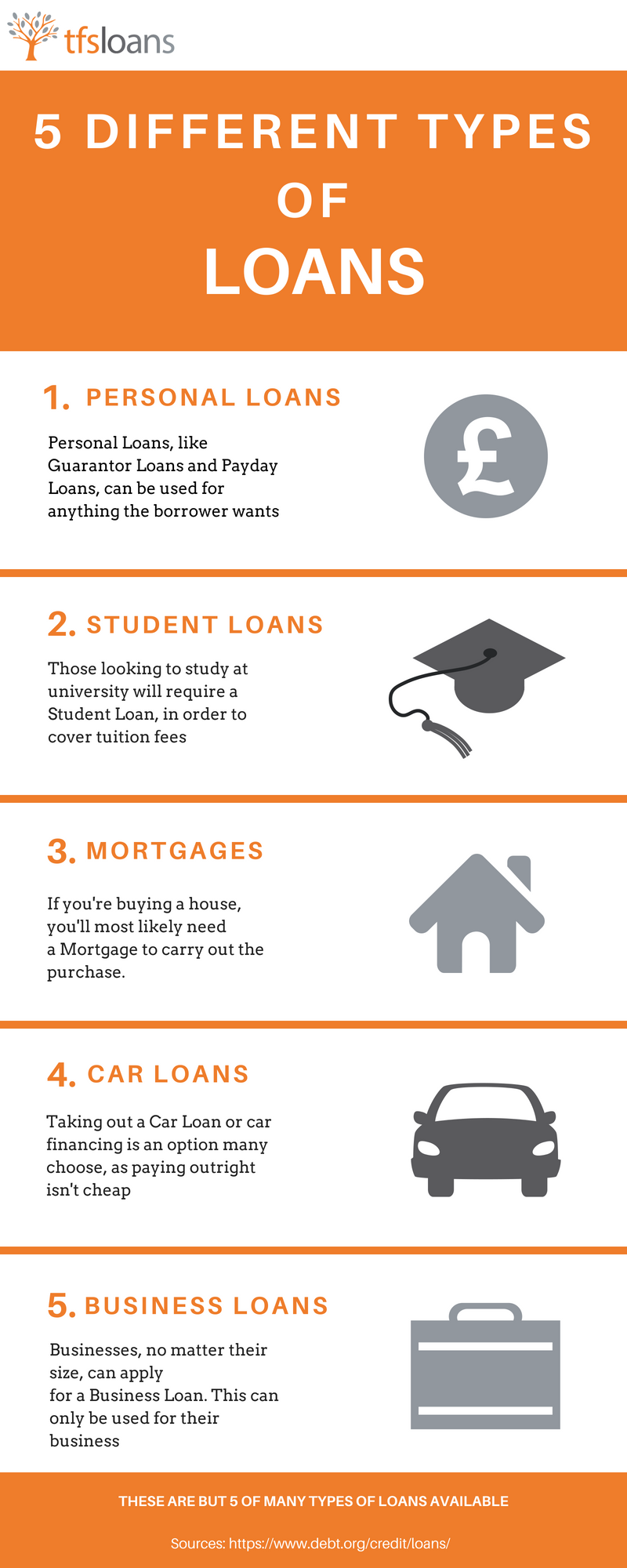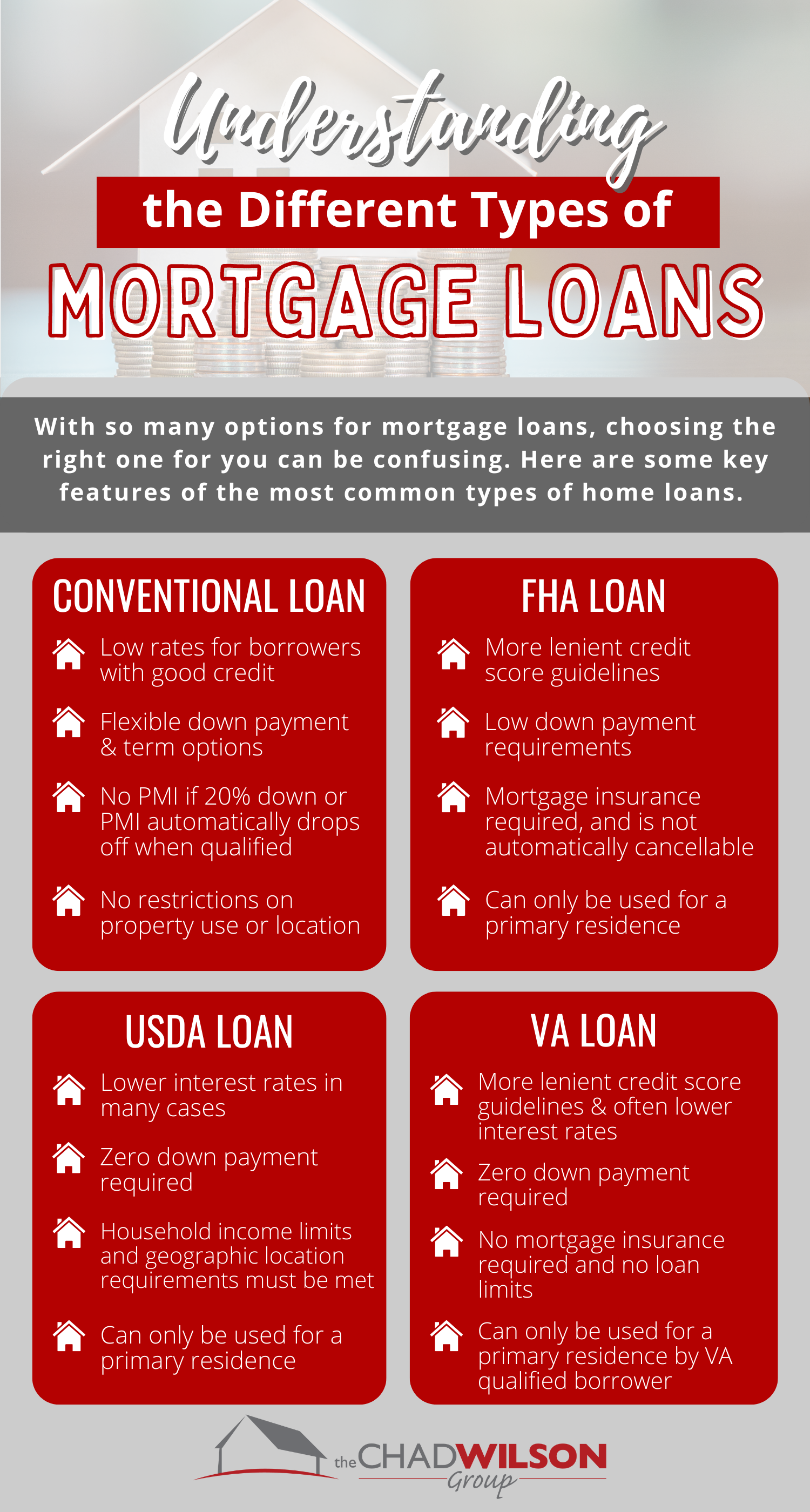Understanding Different Types Of Loans: What To Consider
Welcome to your guide on “Understanding Different Types of Loans: What To Consider.” Loans can be both a helpful resource and a significant responsibility, so it’s essential to know the details before making a decision. In the upcoming sections, you’ll delve into various kinds of loans, from personal and auto loans to mortgages and student loans. You’ll learn about the advantages and potential pitfalls of each, helping you to choose the right option for your unique needs. By understanding the intricacies of each loan type, you’ll be better prepared to manage your finances wisely and make informed decisions that support your long-term financial health.
Have you ever found yourself wondering which loan option is best suited for your financial needs? With so many different types of loans available, it can be overwhelming trying to navigate through them all. Understanding the characteristics of each loan and what to consider when choosing one can make a significant difference in achieving your financial goals.
Understanding Different Types of Loans: What to Consider
Loans come in various forms, each tailored to specific needs and circumstances. Whether you’re looking to buy a home, finance education, start a business, or cover unexpected expenses, it’s essential to understand the options available to you.
Personal Loans
Personal loans are versatile and can be used for almost any purpose, from consolidating debt to financing a large purchase. These loans typically have fixed interest rates and are paid back in regular installments over a set period of time.
Considerations:
- Interest Rate: Fixed or variable?
- Term Length: How long will you be repaying the loan?
- Fees: Are there origination fees, prepayment penalties, or other fees?
Mortgage Loans
If you’re buying a home, a mortgage loan is likely on your radar. Mortgage loans are secured by the property you’re purchasing, and they usually come with lower interest rates compared to personal loans.
Considerations:
- Down Payment: How much can you afford to put down?
- Interest Rate: Fixed or adjustable?
- Term Length: Commonly 15 or 30 years.
- Closing Costs: Can be significant and should be budgeted for.
- Private Mortgage Insurance (PMI): Required if your down payment is less than 20%.
Auto Loans
Auto loans are designed specifically for purchasing vehicles. Like mortgage loans, they are secured by the asset (in this case, the vehicle), which tends to keep interest rates lower.
Considerations:
- Loan Term: Typically ranges from 36 to 72 months.
- Down Payment: A larger down payment can reduce monthly payments.
- Interest Rate: May vary significantly based on your credit score.
- Depreciation: Cars depreciate quickly; consider this when choosing the term.
Student Loans
Student loans can help finance your education and come in two main types: federal and private. Federal loans are generally preferred due to their flexible repayment options and lower interest rates.
Considerations:
- Type: Federal or private?
- Interest Rate: Federal rates are usually lower.
- Repayment Options: Income-driven repayment plans may be available.
- Deferment and Forbearance: Options might be available during financial hardship.
Business Loans
If you’re a business owner, you might be considering a business loan to expand your operations. These loans can be used for a wide range of business purposes, including startup costs, working capital, and equipment purchases.
Considerations:
- Loan Type: SBA loans, term loans, or lines of credit?
- Collateral: What assets will secure the loan?
- Interest Rate: Can vary greatly based on the type of loan and the lender.
- Terms and Conditions: Understand specific requirements, like maintaining certain cash flow levels.
Payday Loans
Payday loans are short-term loans typically used to cover unexpected expenses until your next paycheck. These loans are generally easy to get but come with very high interest rates and short repayment terms.
Considerations:
- Interest Rate: Extremely high; often exceeds 400% APR.
- Repayment Term: Usually within two weeks or by your next payday.
- Fees: Hidden fees can add up quickly.
- Alternatives: Consider other options before taking out a payday loan.
Home Equity Loans and HELOCs
Homeowners can tap into their home’s equity through home equity loans or home equity lines of credit (HELOCs). These loans use your home as collateral and can be used for various purposes, including renovations or debt consolidation.
Considerations:
- Loan Type: Lump-sum home equity loan or flexible HELOC?
- Interest Rate: Fixed or variable?
- Repayment Term: Varies from 5 to 30 years.
- Risk: Your home is at risk if you default.
Credit Card Loans
Credit card loans, often referred to as cash advances, allow you to borrow against your credit limit. These loans can be convenient but come with higher fees and interest rates than regular credit card purchases.
Considerations:
- Interest Rate: Much higher than standard purchase rates.
- Fees: Cash advance fees are usually high.
- Repayment: Limited grace period for repayment.
Peer-to-Peer (P2P) Loans
P2P loans connect borrowers with individual lenders through online platforms. These loans can be a good option if traditional banks have turned you down.
Considerations:
- Interest Rate: Can vary, often based on your credit score.
- Fees: Origination fees and late fees may apply.
- Terms: Often more flexible than traditional loans.
:max_bytes(150000):strip_icc()/loan_types.asp-Final-438b86bbe5b34d4f8512f45d795f9377.png)
Considerations Across All Types of Loans
While each loan type comes with its own specific considerations, there are some universal factors you should evaluate regardless of the loan type you’re considering.
Credit Score
Your credit score plays a significant role in determining your loan eligibility and the interest rate you’ll be offered. A higher credit score can result in lower interest rates and better loan terms.
Tips for Improvement:
- Pay bills on time.
- Reduce debt.
- Check your credit report for errors.
Interest Rates
Interest rates directly affect the cost of borrowing. Rates can be fixed or variable, and it’s crucial to understand what you’re signing up for.
Fixed vs. Variable Rates:
- Fixed Rate: Remains the same throughout the loan term.
- Variable Rate: Can change based on market conditions, making your payments unpredictable.
Loan Term
The loan term dictates the length of time you have to repay the loan. While a longer term can result in lower monthly payments, it also means you’ll pay more in interest over the life of the loan.
Short vs. Long Term:
- Short Term: Higher monthly payments but less interest.
- Long Term: Lower monthly payments but more interest.
Fees
Loans often come with various fees, including origination fees, late payment fees, and prepayment penalties. Understanding these fees can help you better compare loan options.
Common Fees:
| Fee Type | Description |
|---|---|
| Origination Fee | Charged for processing the loan |
| Late Payment Fee | Charged for late payments |
| Prepayment Penalty | Charged if you pay off the loan early |
| Application Fee | Charged to cover the cost of processing your application |
Collateral
Some loans require collateral, an asset that the lender can seize if you fail to repay the loan. While secured loans often come with lower interest rates, they also carry the risk of losing your asset.
Secured vs. Unsecured Loans:
- Secured Loan: Lower interest rates but requires collateral.
- Unsecured Loan: Higher interest rates but no collateral needed.
Repayment Flexibility
Repayment flexibility can make a big difference in your ability to manage your loan. Some loans offer more flexible repayment options than others.
Considerations:
- Can you make extra payments without penalty?
- Is there a grace period for late payments?
- Are there options for deferment or forbearance?

Conclusion
Understanding the different types of loans and what to consider when choosing one can empower you to make better financial decisions. By evaluating your needs, researching your options, and considering factors like interest rates, loan terms, and fees, you can find a loan that best fits your situation. Remember, the right loan can be a valuable tool in achieving your financial goals, while the wrong one can lead to unnecessary stress and financial strain. Take your time, do your research, and choose wisely.

